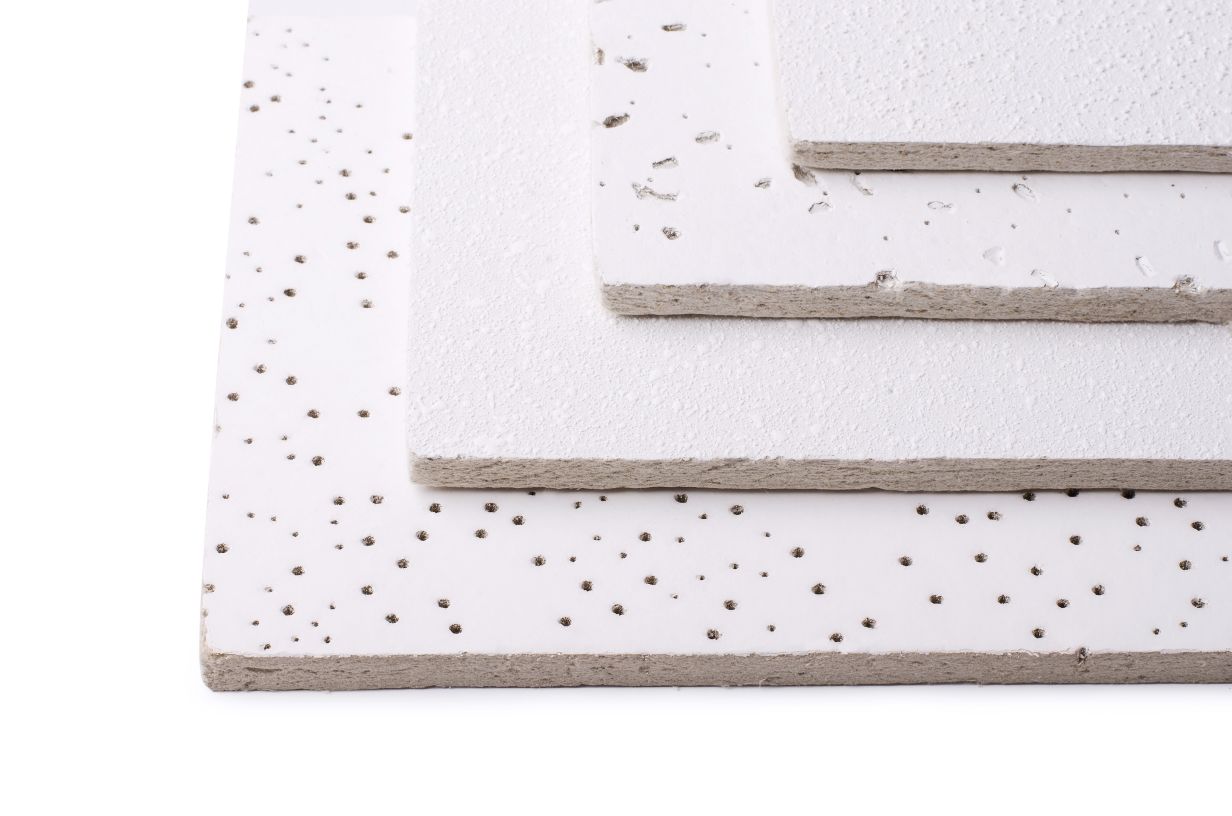What is the difference between plasterboard and Gyprock?

The Gyprock used in homes today has similarities to the plasterboard that Australian builders employed up until World War II. In reality, there is not much difference. CSR Gyprock introduced paper-faced plasterboard into the Australian market in 1947 and has been improving on it ever since. Gyprock is a trademarked name owned by CSR Limited for paper-faced gypsum boards manufactured at its Wallerawang plant in NSW. Since those early days, Gyprock has become Australian for plasterboard.
As a component of wall construction, plasterboard has been around since before then; most internal ceilings and walls of houses built back in those early days were made with timber battens nailed across framing. Fibre-filled gypsum plasterboard was fixed onto the battens and was then joint-filled with Plaster of Paris.
Plasterboard is a low-cost material that is quick to produce and can be used for almost any type of construction. It was first introduced into Australia during World War II when there was an urgent need for something lightweight and insulating, strong enough to withstand the Australian climate that experiences extremes between hot summers with humidity levels near 100% or the opposite extremes of cold southern winters. There are several plasterboard variations here in Australia, including fire-resistant, water-resistant, and soundproof boards for specific purposes.
Plasterboard production is made possible through gypsum - a soft mineral primarily composed of calcium sulphate dehydrate processed into plaster. Gyprock is a multi-layered board that consists of a foam layer between two sheets of paper with the gypsum core. Both the outer layers are impregnated with starch which acts as a glue to stick onto walls and ceilings while also offering some flexibility to help absorb sound and vibration.
Gyprock is now one of the most popular materials for building an interior wall, and the plaster in these gypsum boards is a lot more versatile than the old rendering technique.
Want to talk with a local plasterer about plasterboard and Gyprock?
Plasterboard has a history of being a market leader with constant variation, delivering new products and systems to improve building performance, technology and services to make life easier for builders and contractors. Innovations have helped revolutionize lightweight construction by reducing the cost and time spent on building. Since Gyprock is a trademark name, only products designed and manufactured by CSR are allowed to use the brand. Any other type of plasterboard will not have the same performance standards as Gyprock due to the standards enforced with product testing during manufacture. You will find these products deliver a product that is guaranteed to perform.
DIY can be enjoyable, although the right product and technique are essential for a smooth finish. The Gypsum Association of Australia website describes the variations of plasterboard and how they are used.
If you have any questions about plasterboard and Gyprock in the Cairns and Far North Queensland Australia region, the friendly team at Cairns Plaster Professionals is able to answer any questions you may have.
To remove the stress of installing or repairing plasterboard or Gyprock yourself in the Cairns region, hire recommended trade-qualified Gyprock plasterer like Cairns Plaster Professionals, who will be only too happy to help! They can assist with any Cairns plastering needs including the installation of plaster cornice, partition walls, suspended ceilings, office grid ceilings, and also repairs to water-damaged plasterboard and cracks in Gyprock walls and ceilings.
